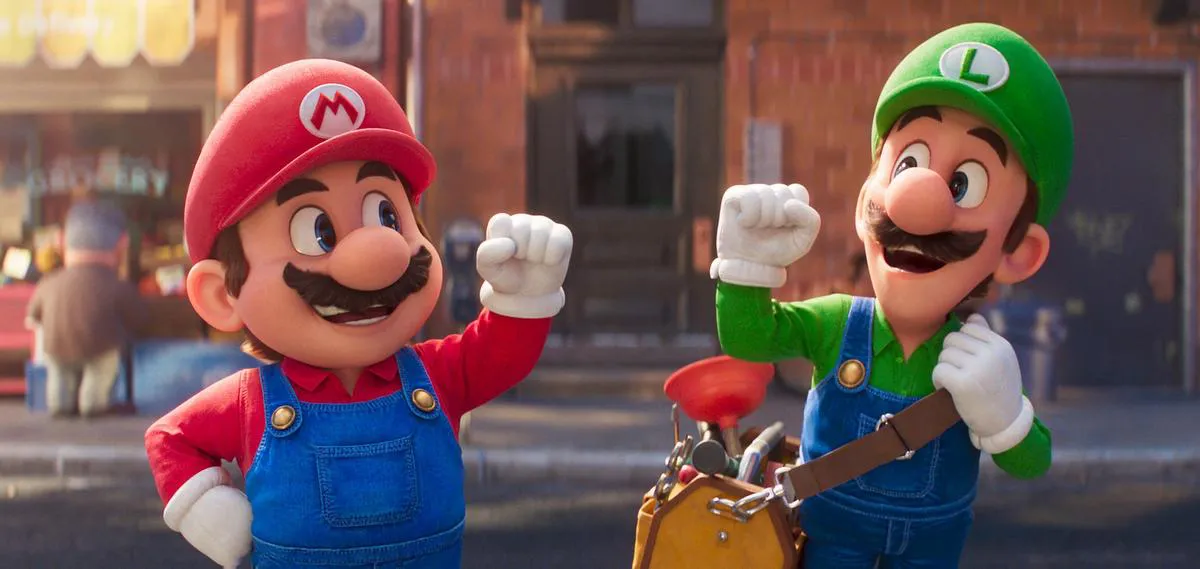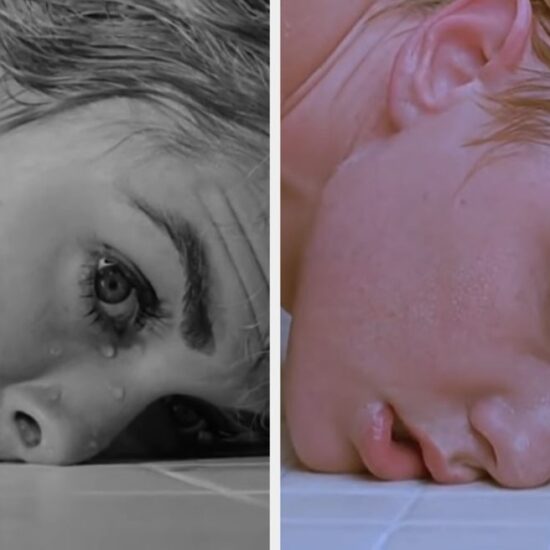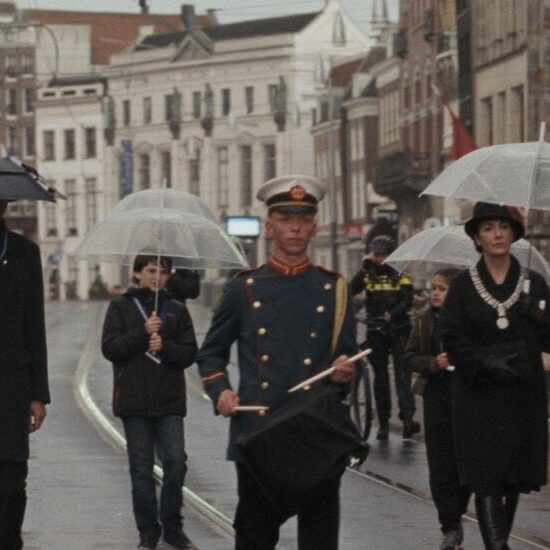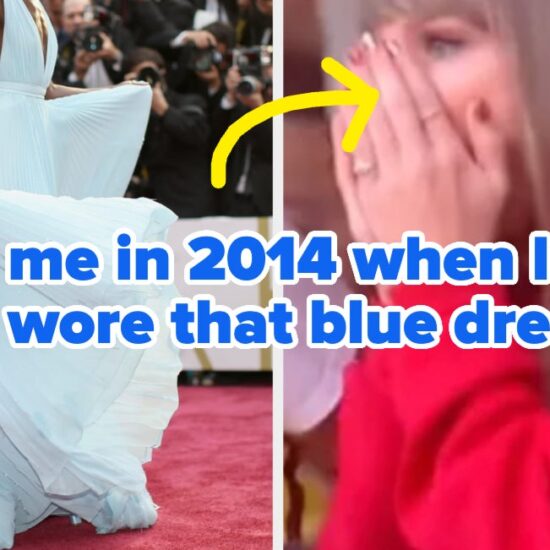
Remember when movies used to tell stories and maybe try to sell you something on the side?
A 007 action flick came with to-die-for views of James Bond’s sleek Aston Martin sports cars. The elusive Twinkie snacks of post-apocalypse comedy “Zombieland,” the Domino’s Pizza chowdowns of “Teenage Mutant Ninja Turtles” and the Reese’s Pieces offerings of “E.T. the Extra-Terrestrial” whetted our appetites. These not-so-covert ads, called product placements, were inserted in films for lucrative licensing fees paid to studios.
In 2023, the side hustle has become the main show. Traditional product placements continue, but increasingly consumer goods and brand names are the story, so much so they’re right in the titles of current and upcoming motion pictures: the toys and games of “The Super Mario Bros. Movie” (currently the world’s No. 1 film), “Barbie,” “Tetris” and “Dungeons & Dragons: Honor Among Thieves,” the Air Jordan shoes of “Air,” the smartphones of “BlackBerry” and the Cheetos snacks of “Flamin’ Hot.”
Moviegoers are expected to be users of or at least know of the products featured in the films, unlike the old days when lesser-known goods might seek to prompt greater interest and demand. This famously happened in 1982 with Steven Spielberg’s “E.T.” The Mars candy company declined to have M&Ms in the film — it feared the gnarly title alien would scare children — and rival candy maker Hershey stepped up with its then-new Reese’s Pieces, rocketing sales of what had been a slow-selling treat.
What’s more, the sellers of products now often take an active role in the making of movies. Gamemaker Nintendo partnered with animation powerhouse Illumination to create “The Super Mario Bros. Movie,” based on the long-running video amusement of platform-jumping plumbers, and toymaker Mattel partnered with Warner Bros. for “Barbie,” a live-action comic adventure based on the decades-old doll, starring Margot Robbie and Canadian actors Ryan Gosling and Simu Liu.
Does this sudden explosion of products-as-movies represent the complete bankruptcy of creativity in Hollywood? Is it just a fad or is profound change happening?
“I think it’s a reflection both of the alchemy of Hollywood and Madison Avenue, and the desperation to hit box office gold out of the gate and mitigate the enormous production costs, not to mention the dearth of good screenplays getting greenlit,” said Barry Avrich, an award-winning Toronto filmmaker and advertising executive.
He has a unique perspective on the subject. He’s a documentarian (“Oscar Peterson: Black + White”) and partner in BT/A Advertising, with a client list that includes American Express, Scotiabank, Cirque de Soleil and the Canadian Opera Company. Avrich has made more than 60 films (he’s been nominated for 12 Canadian Screen Awards, winning four) and his ad agency has worked on thousands of film marketing campaigns.
Avrich described a scene he can envision all too well: “Simply cut to a group of suited, focus-group Hollywood executives studying a list of brands with $100-million-plus brand power and saying, ‘If this (product) can be a film, we have them at hello.’
“I don’t see this as a phase,” Avrich said via email. “We have seen this for years, with no end in sight.”
He’s right about that. Product placements in movies go back to at least 1920, when the comic short “The Garage,” starring Buster Keaton and Roscoe “Fatty” Arbuckle, prominently featured signs for a gasoline brand called Red Crown.
Oscar-winning films are also no stranger to hucksterism. The 1927 aerial war drama “Wings,” the first film to win the Academy Award for Best Picture (then called Outstanding Picture), had several scenes of Hershey’s chocolate bars, including shots of actors nibbling the candy. Hershey had marketing designs on movies long before “E.T.”
The product-as-film phenomenon isn’t entirely new, either. “The Lego Movie” of 2014 launched a successful animated franchise fashioned on the children’s construction toy. The Johnny Depp-starring “Pirates of the Caribbean: The Curse of the Black Pearl” turned a popular Disney theme park ride into a blockbuster live-action movie franchise.
Barbie made her screen debut long before this summer’s much-anticipated movie. She’s in three of Pixar’s acclaimed “Toy Story” animated features but notably not in the groundbreaking 1995 original. Mattel executives of the day feared the film might not work and they didn’t want their doll associated with a flop.
What’s different about the current products-as-movies boom is how much care is taken in the writing of the screenplays. There’s evident effort to make the product part of a compelling saga.
The Ben Affleck-directed “Air,” starring Matt Damon as the Nike shoe salesman who convinced his company and basketball great Michael Jordan to create and sponsor a unique basketball shoe, delivers fist-pumping drama. The recently released film has already sparked buzz of Oscar nominations for Damon and co-star Viola Davis, who plays Jordan’s wheeler-dealer mom.
Matt Johnson’s “BlackBerry,” due in theatres May 12, stars the Toronto actor/writer/director alongside fellow Canuck Jay Baruchel and U.S. actor Glenn Howerton in the fact-based satire of the rise and fall of the Canadian-made BlackBerry smartphone, a game-changing device ultimately done in by Apple’s iPhone. There’s also much drama in the telling of the tale, which “BlackBerry” fully dials into.
Corporations and studios might also be getting better at judging how to convert a product into a film. The original “Super Mario Bros.” movie of 1993 was a legendary bomb because it tried to turn an antic animated game into a live-action drama with muddled characters — Mario’s brother Luigi didn’t even have a moustache! The new film is pure cartoon fun, restoring many elements and characters of the classic Nintendo game and others. It has been rewarded with stellar box office results, which will soon hit the lofty heights of $1 billion (U.S.) worldwide.
And judging by the “Barbie” trailers, it’s clear director/co-writer Greta Gerwig took pains to keep the story fun and almost surreal, even though humans are playing toys.
A question remains, though. Why would people want to see a movie about a consumer product?
Garry Leonard, a professor of English and cinema at the University of Toronto, posited that a phenomenon known as “commodity fetishism” is at play. He pointed to the example of the “Air” film.
“‘Air’ is a curious celebration of ‘commodity fetishism,’ where the product (sneaker, deodorant, doesn’t matter) is presented as ‘the thing we lack,’” he said via email.
“Feeling like we lack something is the cornerstone of desire, and nothing will directly satisfy it. But objects can be positioned in the ‘space’ of our felt lack … we are buying a fetish, not an object (Marx says we have to turn to religion and sacred objects to understand the commodity). A simple cup becomes a Holy Chalice, a sneaker becomes an ‘Air Jordan.’”
Filmmaker/adman Avrich described the situation in similar but starker terms.
“I don’t think people consciously plan to see movies about products. They get seduced by a brand pedigree and promise that they desperately hope lives up to their experience with the actual brand … There is no one on planet Earth who feels satiated by a movie about a product.”
A cautionary addendum: the product-to-film phenomenon doesn’t necessarily work the other way. The 1982 Atari video game for “E.T.,” released mere months after the hit movie, was one of the biggest flops in gaming history, slammed by both critics and consumers. Thousands of unsold cartridges were ultimately buried in landfill.
JOIN THE CONVERSATION
does not endorse these opinions.







:format(webp)/https://www.thestar.com/content/dam/thestar/entertainment/movies/2023/04/28/products-as-movies-think-air-barbie-and-super-mario-bros-are-no-fad/et_reeses_pieces.jpg)








